The most common question asked about gear is “what lens should I get next?” My answer is consistently, “what can your existing lens or lenses not do?” Answers vary. People want many things and are very reasonably cautious about investments.
A caveat: I am a supporter of spending your hard-earned money on glass over camera bodies. Good lenses stand the test of time, whereas camera bodies get revised regularly and while there are the occasional updates that are major leaps, the realities are that today’s cameras are all pretty awesome, so spending a lot of coin on incremental improvements is rarely more logical than improving your vision, and thereby, your creative capability. Here’s what I hear as responses:
- Portraits
- Headshots
- Flowers
- My hobby
- Nature
- My family
- My pet (I am generalizing here, because ‘pet’ is being used to refer to any manner of animal companion)
The Next Best Lens to Add to Your Bag
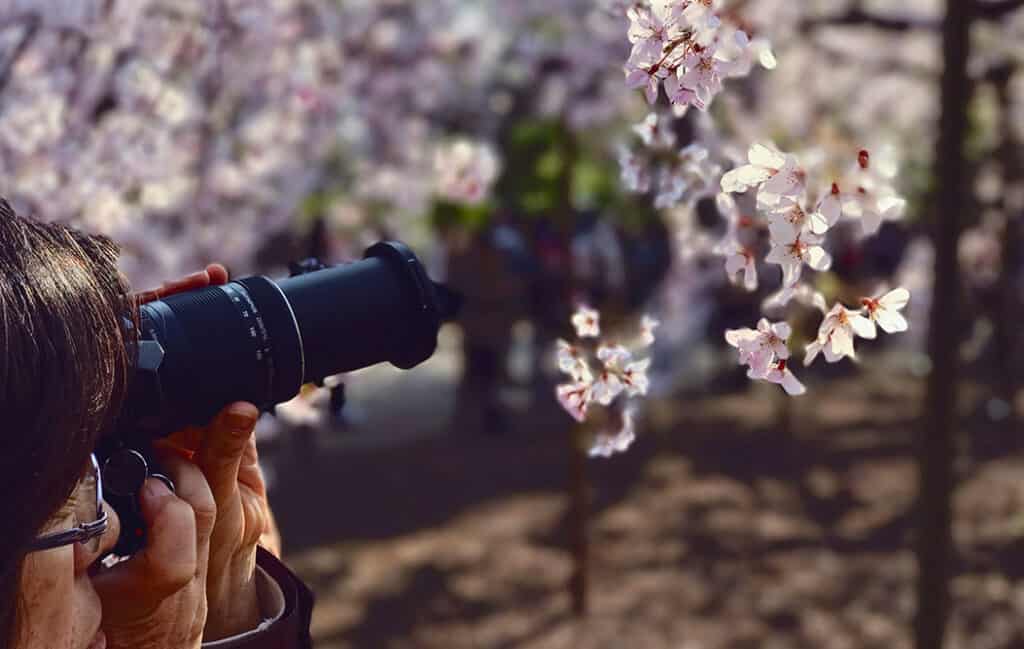
A macro lens is commonly, and correctly, thought of as a lens for close-up photography, typically of small things. Indeed, a true macro lens is the only device that can provide 1:1 life-size resolution at the sensor. In the example of a full frame sensor, this means that a subject 36mm long will take up all 36mm of the long side of the sensor. This is what one times life-size means. It used to be that macro lenses could not do one times life-size without accessories. Today’s macro lenses can definitely do this.
A macro lens is great for close-ups. It has to be. Because macro lenses are designed for close work of detailed subjects, they are often the sharpest lenses in a manufacturer’s kit, as well as having the least amount of distortion. To make this happen, most true macro lenses have about f/2.8 as their largest aperture. This is no issue with today’s sensors that work so well in low light.
A macro is not just for macro though. Unlike a micrography lens that can resolve only between one times and two and a half times life-size, a true macro lens functions like any other lens as well as providing extreme close-up capability. You can use the lens every day. When I was shooting film, I always had a body with a macro lens mounted because of this versatility.
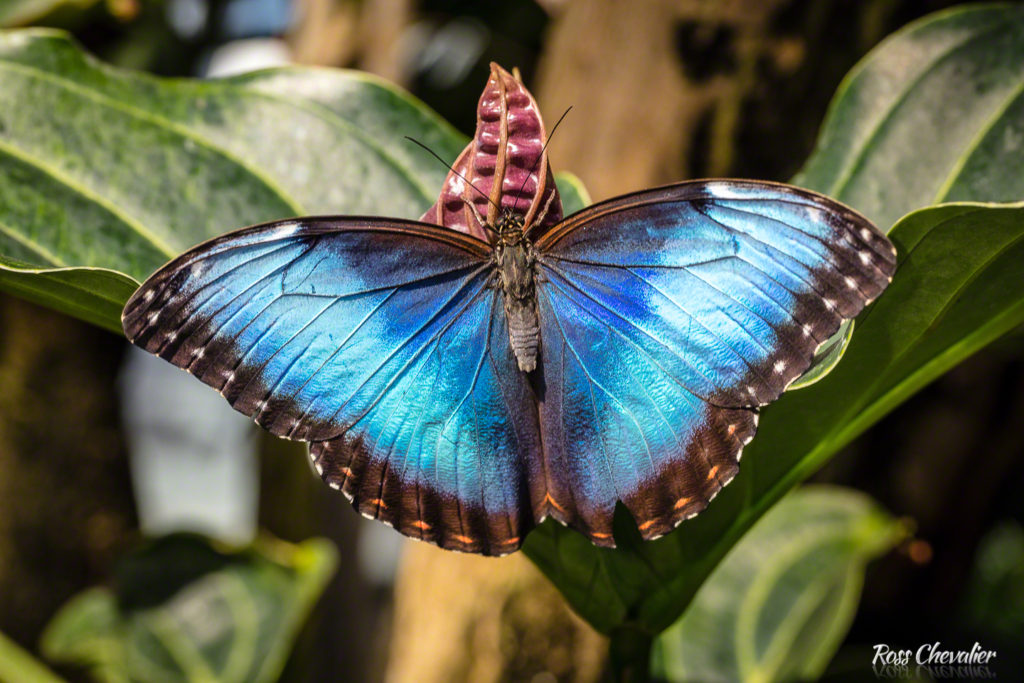
A macro can be a great choice for nature because you can capture the overall scene and then step in for close-ups that enhance the experience and the story without changing lenses.
Recommended Focal Length
While there are a variety of focal lengths available in macro lenses, in order to have the lens solve so many photo challenges, when asked I will always lead with a macro lens with a focal length of around 100mm full frame equivalent. For a crop sensor camera, that is something around 80mm and for a micro four thirds camera, something around 50mm. I always advocate longer focal length over shorter for reasons to be explained.
Camera manufacturers and third parties most all do macro lenses in the appropriate ranges. Thus, no matter what body you have, there will be a macro lens available to fit your needs. A macro lens in this range is also ideal for portraits, much more so than the “nifty fifty” which tends to exaggerate perspective when you fill the frame for a headshot. The small amount of perspective compression is very natural looking and consistently makes people look better when shot with a 100mm range. I know lots of portrait shooters who only shoot with a 100mm-ish macro. The lens is tack sharp, it’s bright, it focuses quickly and the areas made out of focus are beautifully soft and exhibit very pleasing bokeh.
A macro can be a great choice for nature because you can capture the overall scene and then step in for close-ups that enhance the experience and the story without changing lenses. While macro lenses are not designed to capture amazing vistas in a single shot, their superb image quality make them ideal for panoramas. They also have a sufficiently controlled field of view that you can maximize the consistency of response when using polarizing filters, avoiding sweeping changes in the sky from edge to edge. You also don’t have to be standing on the nature to make the shot.
Create Distance
This idea of creating distance between yourself and your subject becomes even more important as you get to larger levels of magnification. When we get to one half life-size or larger, the concept of stand-off distance becomes very important. You don’t want to have your lens so close it is nearly touching the subject. With live subjects, they may become disturbed and leave, attacking in the process, or you may be so close that you block the light that makes the image work. A macro lens in that 100mm range provides an ideal combination of portability and stand-off distance while remaining economically viable.
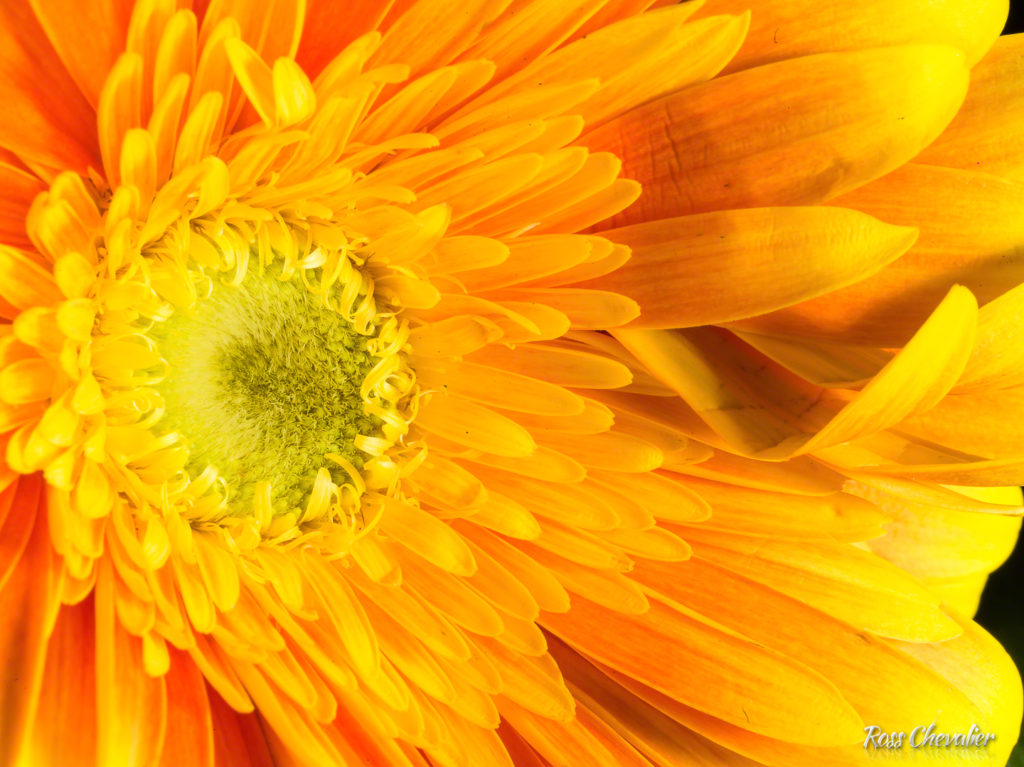
When working with a macro, as with any lens, be sure to use a proper lens hood. The hood will help cut glare and reflections across the largely flat front lens element increasing contrast and colour saturation. It also provides a level of edge and front protection. With macro lenses, I tend to avoid protective filters. They do nothing to improve the image quality and may result in some loss of contrast and sharpness by another air-glass-air surface in front of what is already a complex lens design. This is entirely a personal decision for you, of course.
I want to note that Nikon calls their macro lenses Micro-Nikkor. Suffice to know that a Micro-Nikkor is a macro lens in every way and one of them, the 105mm, is widely thought to be the finest lens that Nikon makes.
The longer the focal length of the macro lens, the more complex it becomes and this usually means a sacrifice in lens speed of about one half a stop. I have shot a Canon 180mm, a Nikon 180mm and a Sigma 150mm and can attest that they are all very good lenses indeed, with greater stand-off at the cost of one half a stop, and more usability in general use than a shorter focal length when you cannot get as close as you might like. These are heavier and larger lenses, and may not suit for more general view angle images. Consider renting to see if a longer focal length macro is for you.
In Closing
I am recommending lenses that net out to about 100mm focal length full frame equivalent. This does not make shorter focal lenses nonviable in any way. I simply find the 100mm or so focal length the most usable for general purpose and close-up work. It’s hard to miss with a lens of this type, and if you identify with any of the photographic desires noted earlier, a macro might be the right next lens for you.
Is Dad on the hunt for his next lens? Henry’s gift cards make the perfect last-minute gift! Visit a Henry’s store near you to pick one up for Dad this Father’s Day!
What’s Next:
Want to learn more? Check out these related articles on Henry’s Blog:
- Getting Closer: Close-up and Macro Photography
- 3 Simple Tools for Better Macro & Close-up Photography
- How to Photograph Flowers
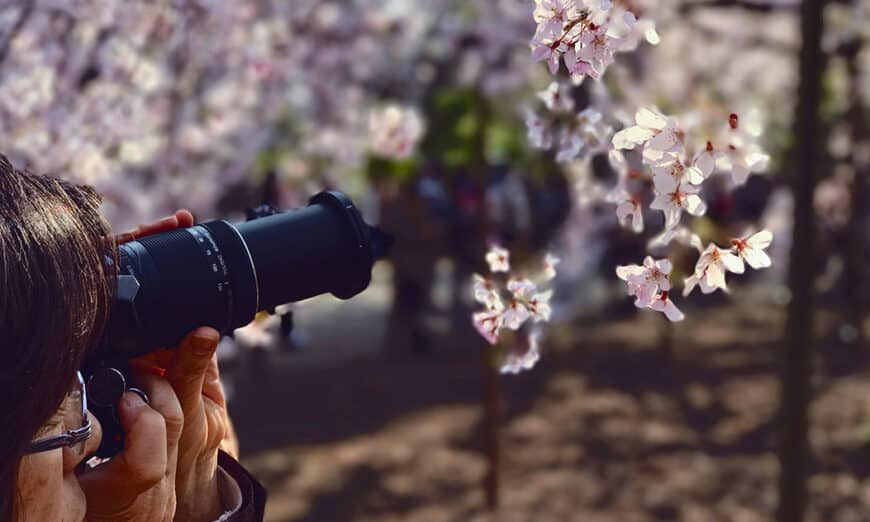
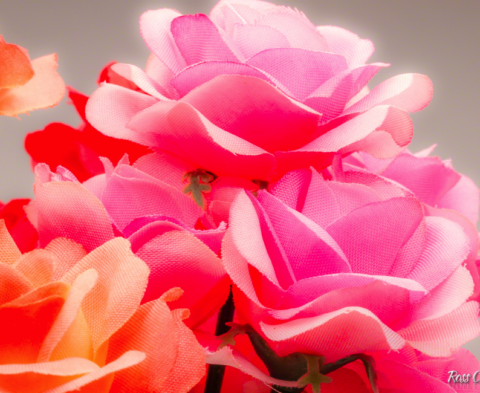
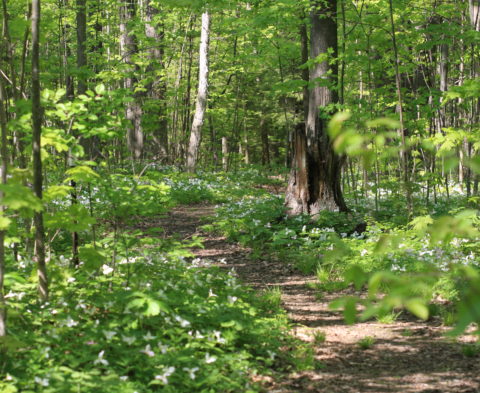
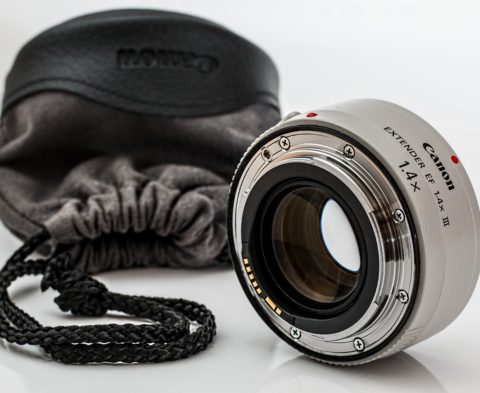

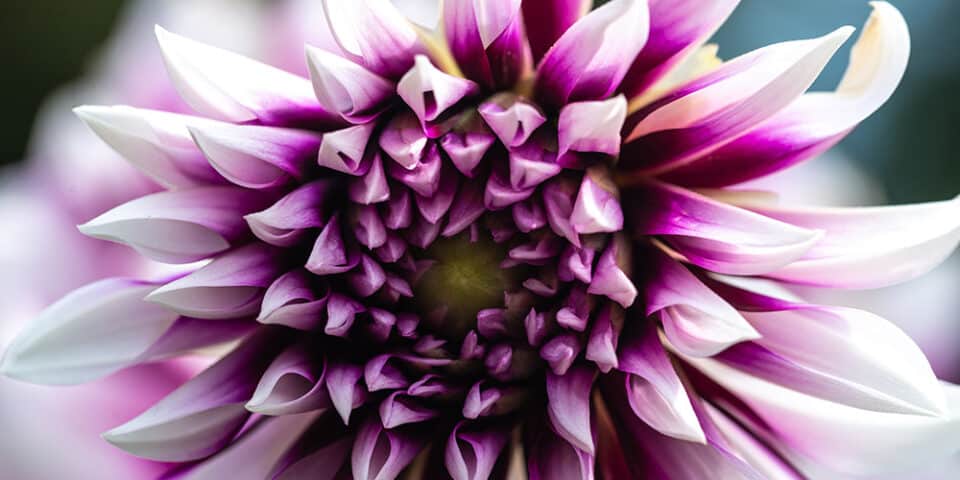
COMMENT (1)
Pingback: Getting Closer: Close-up and Macro Photography | Photography and video news, reviews and tips | Henry's Camera